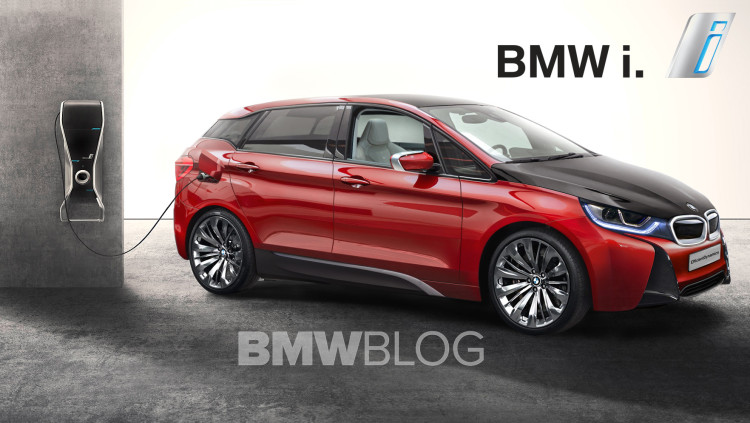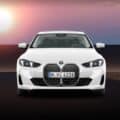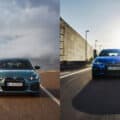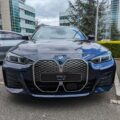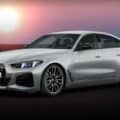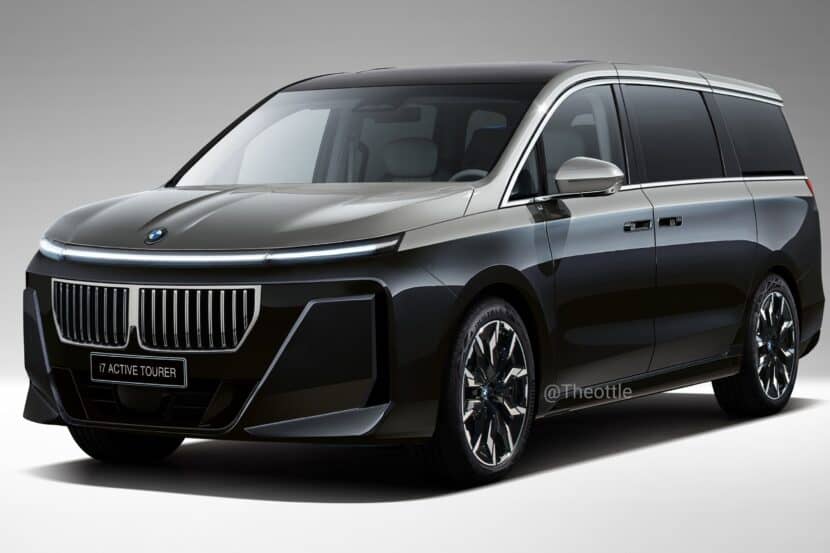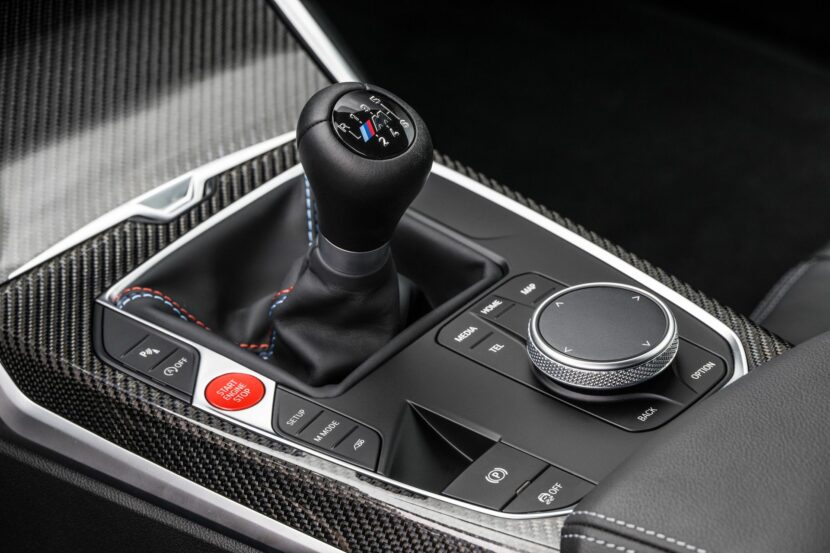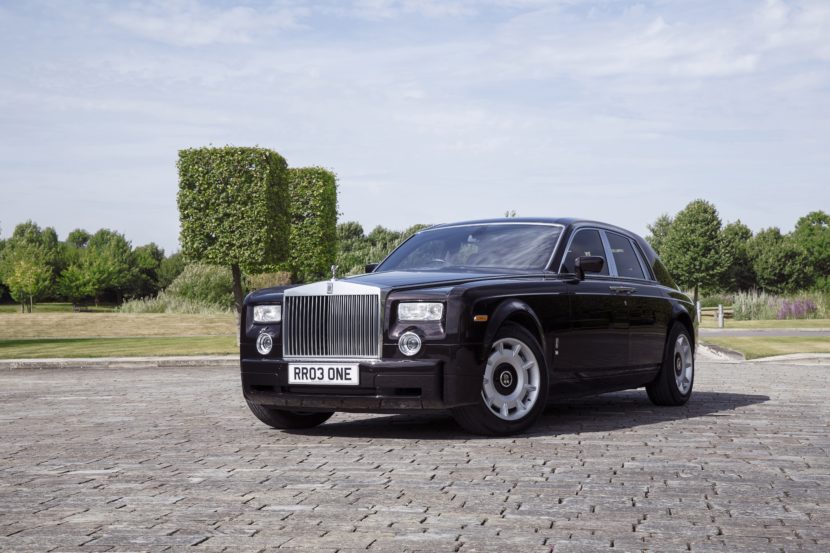Over the last two years, one topic has often come up on BMWBLOG and other media outlet – a new addition to the BMW i family. Often referred to as the i5 or i6, the third i model was thought out to be a Tesla competitor which would not only offer a more attractive design than the i3, but also significant more space and versatility.
Back in April, we wrote that the rumored i5, instead of having a design built upon the i3 and/or i8, will look closer to “regular” BMW models and will arrive before 2020.
But, according to several sources, BMW has scrapped their i5 plans and will focus on electrification of other series models – like the X3 and 4 Series GT – and on the high-tech iNEXT model. This move will leave the i sub-brand with two models, i3 and i8 this year before the i8 Spyder is being added to the lineup.
A few years back, BMW launched the i Division, with its first vehicles being the BMW i3 and i8.Those cars were supposed to set the standard for what BMW’s electric vehicles will be. However, their chassis are just far too singular in use to warrant mass-production use. So to provide multiple electric and hybrid vehicles to the masses, BMW plans to work on a flexible architecture that can accommodate both electric, hybrid and traditional variants of each car.
Right now, BMW is just beginning its second phase of its plans for the future, basically prepping for its next phase, the iNEXT phase.
“The all-electric MINI and the all-electric BMW X3 will mark the beginning of the second wave of electrification for the BMW Group, benefitting from the ongoing technological progress we are making in this area,” BMW CEO Krüger said earlier this week. “Strategy NUMBER ONE > NEXT sets out our strategic course for further electrification and the direction of project i over the coming decade. We will incorporate all-electric, battery-powered mobility into our core brands, as we have already done successfully with our plug-in hybrid vehicles. By using highly flexible architectures we can avoid duplicate investments in plant and equipment and will be able to adapt our range of electric and conventional vehicles to changing demand both quickly and efficiently.”
While the i3 electric car is considered a successful model by the Bavarians, many customers have been craving for a real Tesla competitor to take on not only the high-end Model S and X cars, but also the upcoming, mainstream, Model 3.
The BMW narrative in the last few months has been focusing around the iNEXT model which will supposedly be a groundbreaking vehicle and it’s planned for production in 2021.



